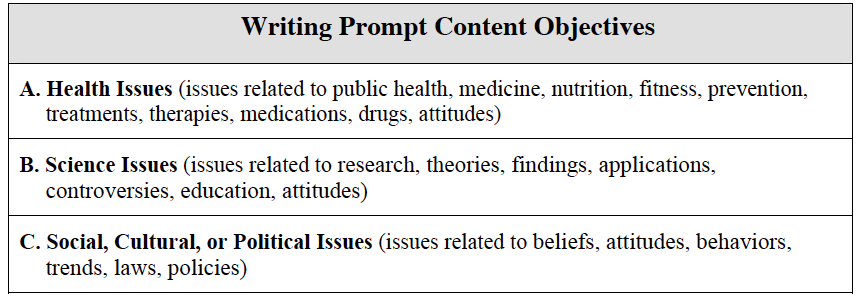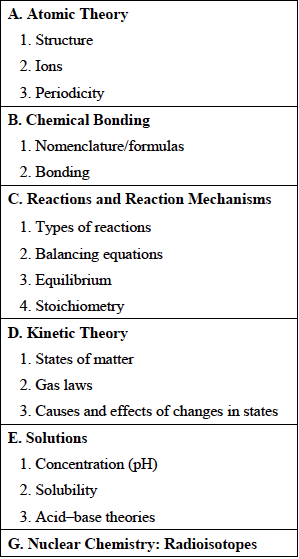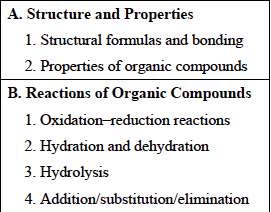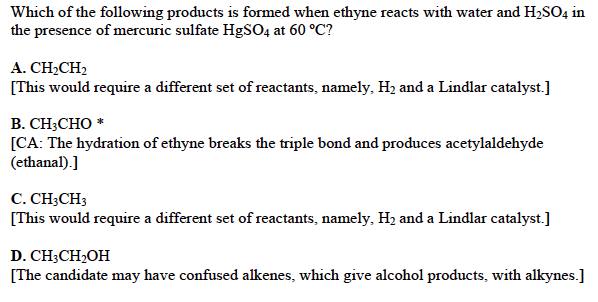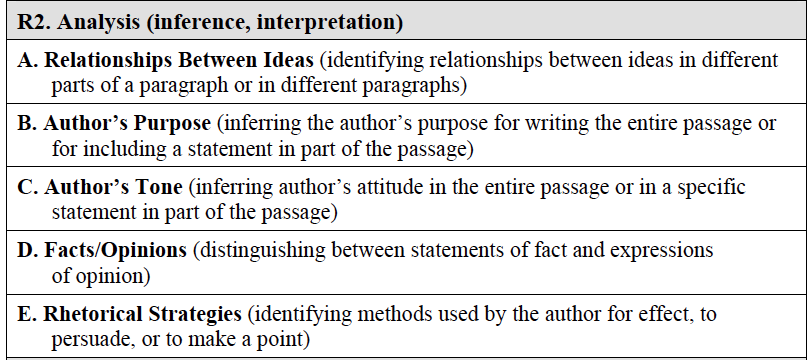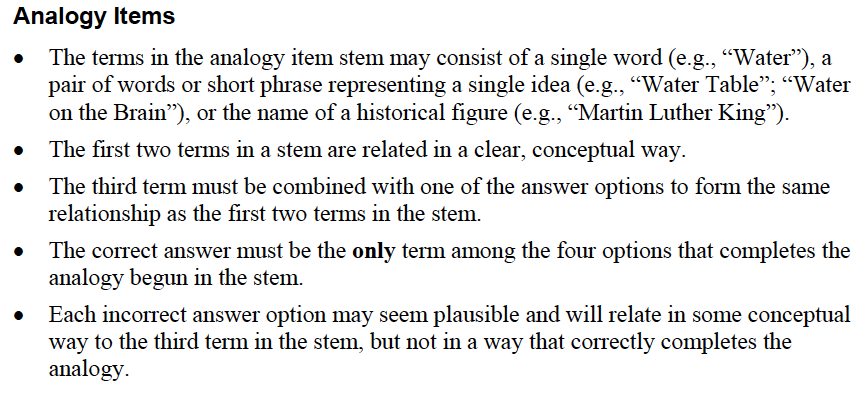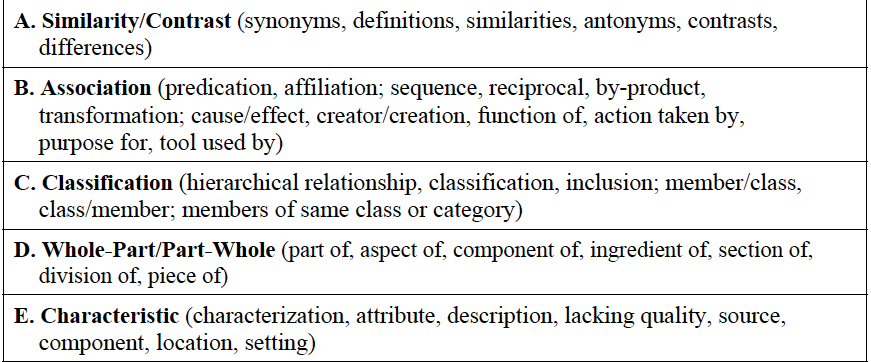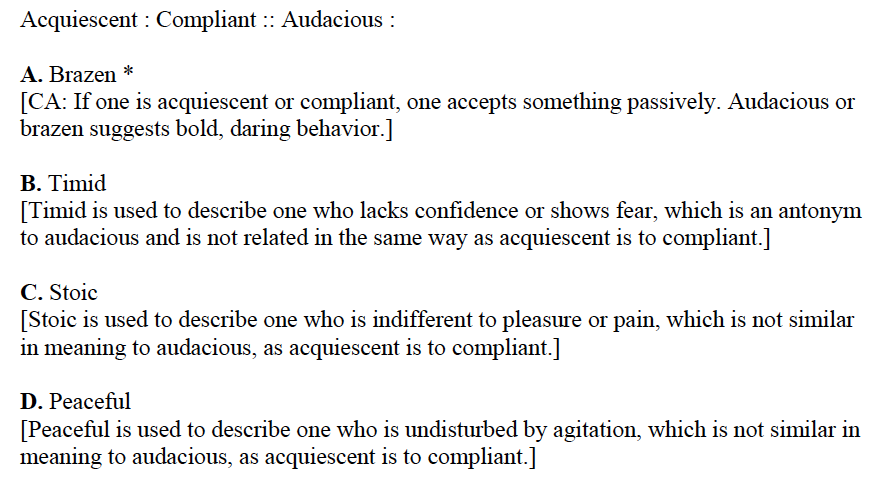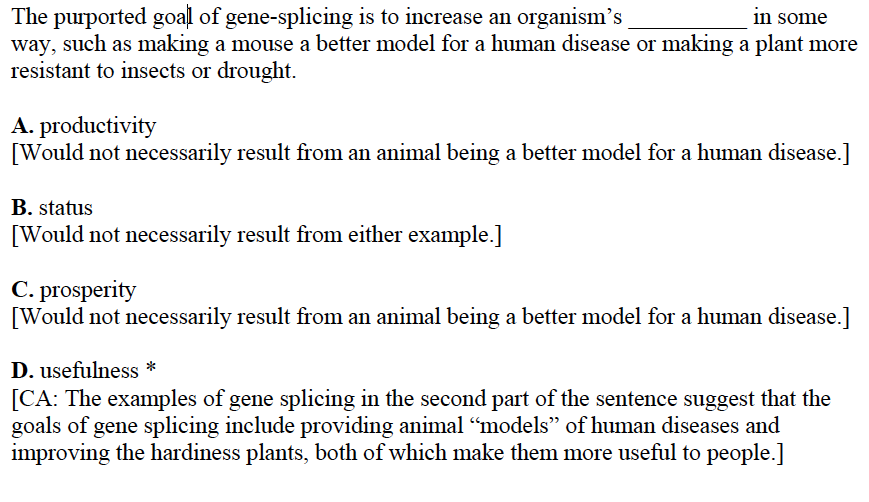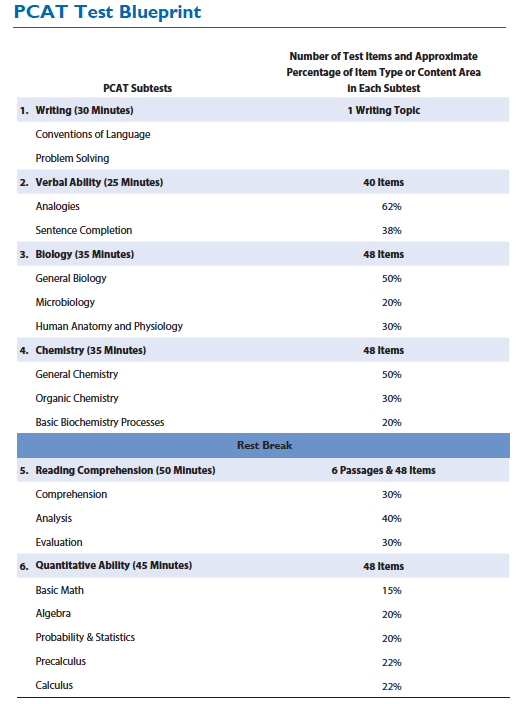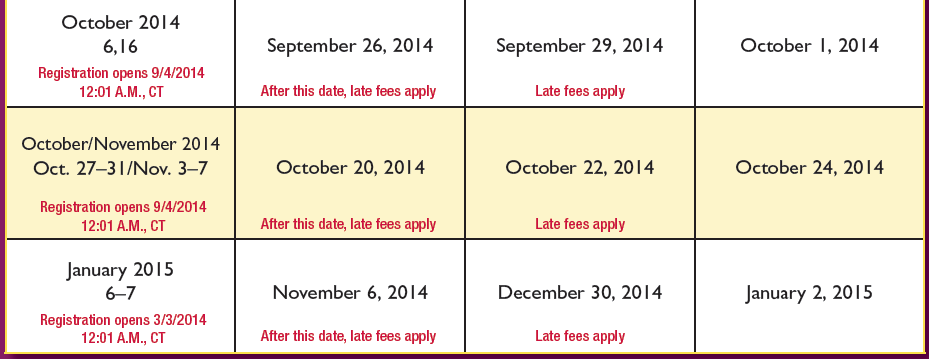The admissions process is long, stressful, and at times it feels like a lot of waiting and uncertainty. During this trying time there’s one clear sign in the process before a rejection and congratulations letter that your doing well… getting the call or email about setting up an
INTERVIEW!
Reaching this point in the admissions process is exciting and promising but don’t blow it now!
You’re not in yet!
You look good enough on paper to make it this far but are you really what pharmacy schools want?… 
So let’s talk about the interview and how to ace it!
Professional Basics
You know these things but they are important enough to drill into your head some more now…
BE ON TIME. DRESS PROFESSIONALLY. BE POLITE. Easy enough, right? DO IT!
Projecting “FOMO”
FOMO = Fear Of Missing Out and you basically need to instill in a admissions committee the fear of missing out on what an awesome prospect you are! The interview is a two-way conversation and you not only what to be prepared to answer their questions, you want to be engaging and have questions of your own. You are interviewing them as a potential school as much as they are interviewing you as a potential student and you gotta make them want you. This may be your top choice school… but hey, you’re a catch and half and got other options too so you want them to win YOU over too. Note that this kind of confidence isn’t cocky but reflects a genuine and avid interest in what the program has to offer. You are evaluating the school as much as they are evaluating you.
Be Honest
Besides your Personal Statement, the interview is the only place to speak of yourself in your own words. The school is trying to further get to know YOU and understand your motivations towards pharmacy. Be prepared to talk about pitfalls and flaws in your application, like a less than stellar GPA or PCAT score, to come up in the interview. This is your chance to shine and reassure them of any doubts and reservations they may have about you as a candidate. Speaking openly and honestly in the interview is always to way to go.
Be “On” At All Times
Each pharm program’s admission interview is unique. Some schools do one-on-one interview while others opt for a committee-style set up. Most include all day visits with tours of the school, meeting professors, etc. and it’s important to understand that the entire you’re there is essentially your interview. While you’re on campus act as if you’re always being watched and examined by the admissions committee because you basically are. Making a good impression all day can lead to another professor mentioning something to the committee for instance like, “hey that candidate seemed great and asked really interesting questions on the tour earlier”; keep in mind that this works vise-versa too! So you gotta be on at all times!
Bonus!
Here’s some interview preparation advice from PharmCAS,
“Those who have researched and gained direct exposure to the profession will be better prepared to respond to the interview questions.”
With these things in mind you can have a winning interview and be one step closer the congratulations acceptance letter! Until then you can work on getting a winning PCAT score to get you to the interview step with PCAT Cracker. Let us know in the comments if you have any questions or advice to add on interviews!


